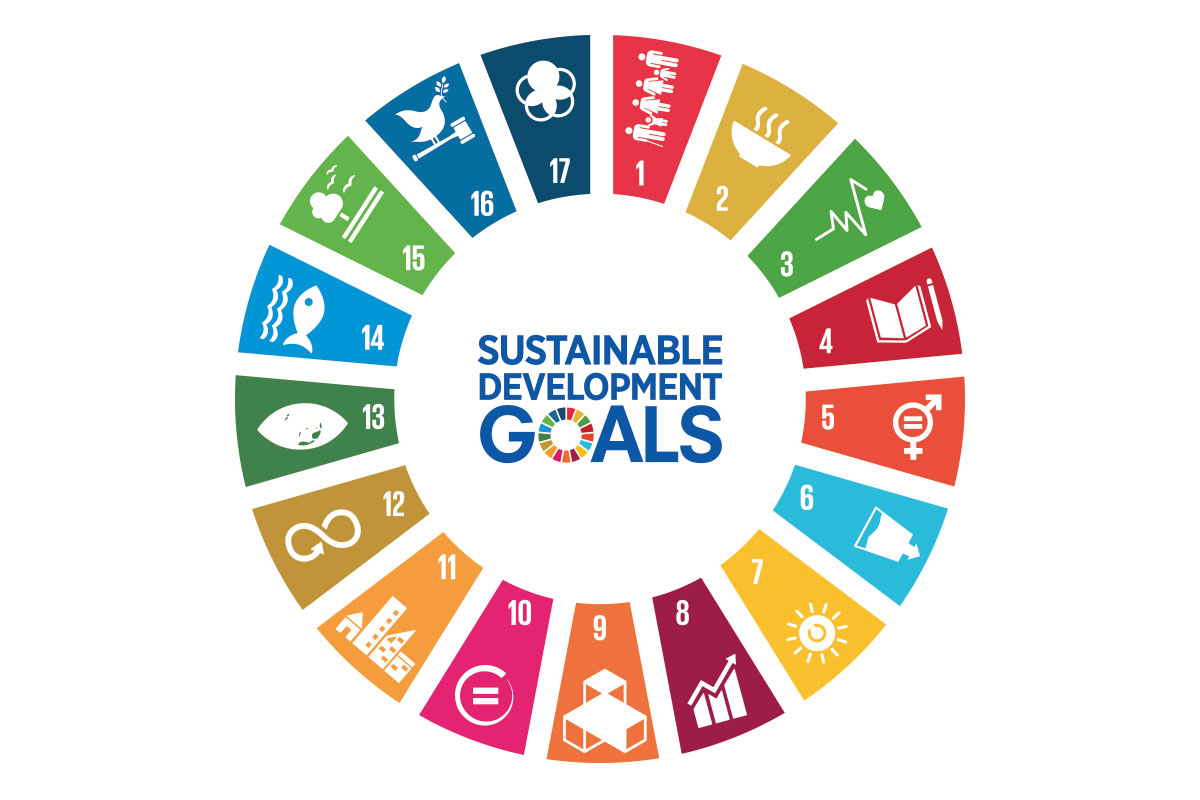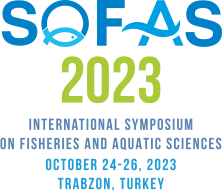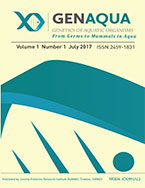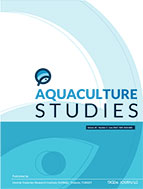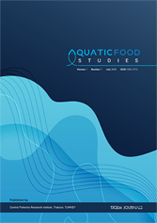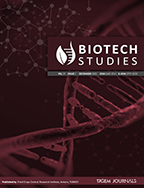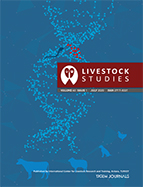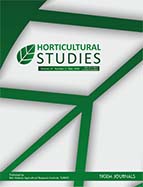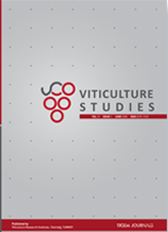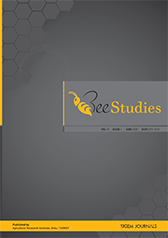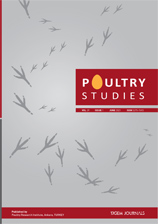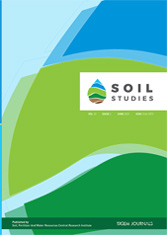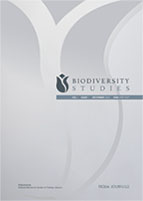Turkish Journal of Fisheries and Aquatic Sciences
2025, Vol 25, Num, 8 (Pages: TRJFAS27166)
Zinc Bioaccumulation and Detoxification Mechanisms in Pomacea insularum: Implications for Biomonitoring in Metal-Contaminated Ecosystems
2 Department of Biology, Faculty of Science, University of Tabuk, Tabuk, P.O. Box 741, Saudi Arabia DOI : 10.4194/TRJFAS27166 Viewed : 816 - Downloaded : 869 This study investigates the bioaccumulation and detoxification mechanisms of zinc (Zn) in Pomacea insularum collected from 13 sites in Peninsular Malaysia. By examining the distribution of Zn across various tissues, including the digestive caecum (DC), cephalic tentacle (CT), remaining soft tissues (REM), and shell, we identify tissue-specific roles in Zn absorption, redistribution, and long-term storage. The results reveal that the DC serves as the primary absorption site for ingested Zn, while the CT and foot absorb Zn from the surrounding environment. Zn is then redistributed to metabolically active tissues such as the mantle and REM, where it is temporarily stored or utilized before being sequestered in the shell for detoxification. The shell, which exhibits the lowest Zn concentrations, functions as a long-term storage site, minimizing the metal's bioavailability and preventing toxicity. These findings underscore the importance of P. insularum as a biomonitor for assessing both short-term and long-term Zn contamination in aquatic ecosystems, particularly in environments with fluctuating metal concentrations. Keywords : Pomacea insularum Zinc bioaccumulation Detoxification Tissue-specific distribution Biomonitoring Metal contamination


